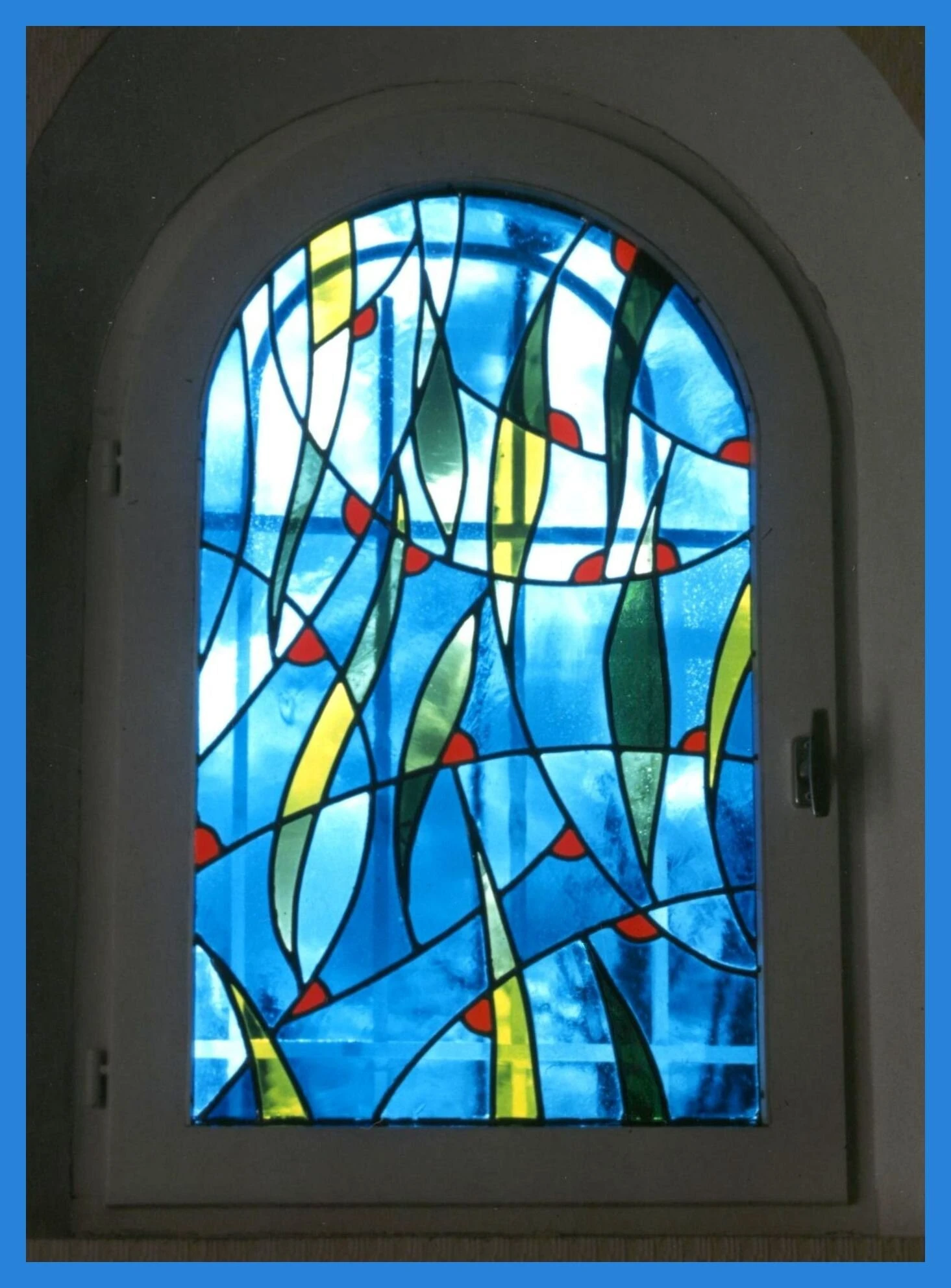

Understanding Low-E Glass Panes A Modern Solution for Energy Efficiency
In recent years, the quest for energy efficiency in buildings has led to the development and widespread adoption of various materials and technologies. Among these innovations, Low-E (low emissivity) glass panes have emerged as a prominent choice for both residential and commercial buildings. This article explores what Low-E glass is, how it works, its benefits, and its impact on energy consumption and indoor comfort.
What is Low-E Glass?
Low-E glass is a type of energy-efficient glass that has a microscopically thin coating of metallic oxide applied to one or more of its surfaces. This special coating allows the glass to reflect infrared energy while permitting visible light to pass through. Essentially, Low-E glass is designed to limit the amount of heat that enters and escapes a building, optimizing energy usage.
How Does Low-E Glass Work?
The primary function of Low-E glass revolves around its ability to manage solar heat gain and loss. It works on the principle of emissivity, which is the ability of a surface to emit energy. Traditional glass has a high emissivity rate, meaning it allows significant amounts of heat to escape during colder months and allows unwanted heat to enter during warmer months. In contrast, Low-E glass has a much lower emissivity rate.
When it's cold outside, Low-E glass reflects indoor heat back into the building, helping to maintain a stable indoor temperature. Conversely, during hot weather, the glass reflects external heat away from the interiors, ensuring that air conditioning systems do not have to work as hard to cool the space. This dual capability makes Low-E glass highly effective in diverse climatic conditions.
Benefits of Low-E Glass Panes

1. Energy Efficiency One of the most significant advantages of Low-E glass is its capacity to improve energy efficiency. Buildings equipped with Low-E windows can experience a substantial reduction in energy consumption, leading to lower utility bills.
2. Enhanced Comfort Low-E glass helps maintain consistent indoor temperatures by minimizing drafts and reducing cold spots near windows. This creates a more comfortable living or working environment year-round.
3. UV Protection The coating on Low-E glass can also block a significant portion of harmful ultraviolet (UV) rays from the sun. This protection helps reduce fading of furniture, carpets, and artwork, extending their lifespan and maintaining aesthetics.
4. Environmental Impact By reducing energy consumption, Low-E glass contributes to lower greenhouse gas emissions. This makes it an environmentally friendly choice for sustainable building practices.
5. Noise Reduction Low-E glass can also help mitigate outside noise, making interiors quieter and more peaceful. This is particularly beneficial in urban areas or locations near busy roads.
Conclusion
As society becomes increasingly aware of the importance of sustainability and energy conservation, Low-E glass panes present a practical solution that aligns with these goals. With their ability to optimize energy efficiency, enhance indoor comfort, and protect against UV damage, Low-E glass is an intelligent choice for anyone looking to upgrade their windows. As advancements in technology continue to improve the design and functionality of Low-E products, the use of these energy-efficient glass panes is likely to become a standard in future building projects. Embracing Low-E glass not only allows for a reduction in energy costs but also represents a commitment to a more sustainable future.